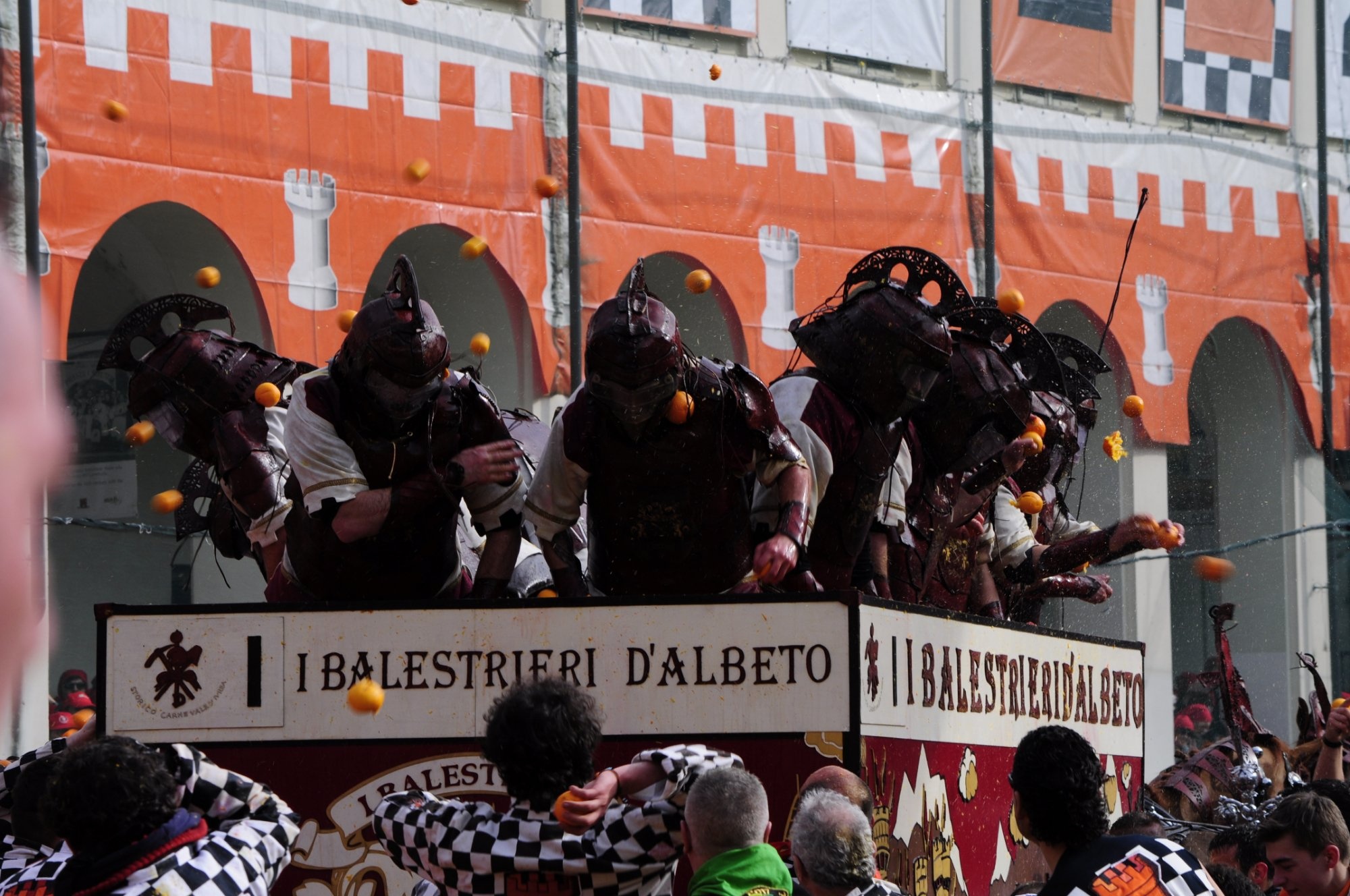11 Countries With Fascinating Traditions You’ve Never Heard Of

Every country has its quirks—but some traditions are so unexpected, they make you pause, smile, or say “wait… seriously?” From baby-jumping festivals to polite spitting and fire-walking rituals, the world is full of customs that are deeply meaningful to locals and mind-blowing to outsiders. These 15 countries have unique cultural traditions that fly under the radar—but once you learn about them, you’ll never forget them.
1. Spain – Baby Jumping Festival (El Colacho)

In the Spanish village of Castrillo de Murcia, grown men dressed as devils literally leap over rows of newborn babies. This centuries-old ritual, known as El Colacho, is meant to cleanse infants of sin and bring them protection. It happens during the Corpus Christi celebrations and draws crowds of both believers and curious travelers. The babies stay perfectly still, and the jumpers soar right over them. It’s bizarre, dramatic, and still very much alive.
2. Japan – Crying Sumo (Naki Sumo)

In this Japanese tradition, two sumo wrestlers hold babies and try to make them cry—because it’s believed that a crying baby brings good health and wards off evil spirits. Judges wear masks, make funny faces, and the crowd cheers when the baby lets out a wail. If both babies cry, the louder one wins. It might look odd, but it’s rooted in deep cultural beliefs about life and protection. Also: everyone goes home smiling.
3. Mongolia – Eagle Hunting Festival

In the remote Altai Mountains, Kazakh nomads have trained golden eagles to hunt for centuries. Every autumn, they gather for the Eagle Festival—a showcase of skill, tradition, and connection to nature. Dressed in fur-lined robes, hunters ride horses across the steppe while their eagles swoop down on prey. The bond between hunter and bird is legendary. It’s not a show—it’s a living heritage that goes back generations.
4. India – Theyyam Rituals

In Kerala, ancient spirit possession rituals called Theyyam involve elaborate costumes, face paint, fire, drumming, and trance-like dances. Performers channel gods or ancestral spirits and are believed to embody them during the ritual. Spectators seek blessings and answers from these living deities. The atmosphere is intense—part theater, part spiritual experience. It’s raw, sacred, and hypnotic.
5. Ethiopia – Bull Jumping Ceremony (Hamar Tribe)

Among the Hamar people in southern Ethiopia, boys must leap over a line of bulls to prove they are ready for adulthood and marriage. It’s a dangerous test of courage, balance, and strength. The whole village gathers, women sing and whip themselves in support, and the event ends with feasting and dancing. It’s a rite of passage that holds deep social meaning—and no one forgets their jump.
6. Indonesia – Funeral Festivals in Tana Toraja

In the highlands of Sulawesi, funerals are not sad, rushed affairs—they’re grand, multi-day events held weeks, months, or even years after death. The body is mummified and kept at home until the family can afford a proper send-off. The funeral includes buffalo sacrifices, traditional dancing, and entire villages coming together to honor the dead. Death here isn’t an ending—it’s part of the family’s ongoing story.
7. Finland – Wife Carrying Championship

Yes, it’s exactly what it sounds like. In Sonkajärvi, Finland, couples compete in a race where men carry their partners through an obstacle course—wading through water and hopping over hurdles. The winner gets their wife’s weight in beer. It started as a quirky nod to local legends but now attracts global competitors. Equal parts hilarious and wholesome, it’s weirdly romantic.
8. Bhutan – Tongue Sticking as a Greeting

In this Himalayan kingdom, sticking out your tongue isn’t rude—it’s respectful. The gesture dates back to ancient times when people believed a notorious demon had a black tongue. Sticking yours out showed you weren’t possessed. While the custom has faded in modern cities, it still survives in rural Bhutan. It’s a sweet reminder that even greetings have deep roots.
9. Italy – Orange Battle in Ivrea

Each February, the northern Italian town of Ivrea stages a full-blown orange-throwing war. Teams dressed in medieval armor pelt each other with citrus in the streets, reenacting a rebellion against a tyrant. It’s messy, intense, and surprisingly symbolic. Locals say it’s a celebration of freedom and resistance. Just bring goggles—and don’t wear the wrong team’s colors.
10. Philippines – Ati-Atihan Festival

Held in Kalibo every January, this week-long street party honors Santo Niño (the Holy Child) with tribal dances, drums, and vibrant costumes. Participants paint their faces black to honor the Ati people, the island’s original inhabitants. It’s part religious, part pre-colonial, part Mardi Gras. The energy is pure joy, with dancing, food, and faith blending together in one colorful explosion.
11. Greece – Rouketopolemos (Rocket War)

In the town of Vrontados on the island of Chios, two rival churches shoot homemade rockets at each other on Easter weekend—yes, rockets. Thousands light up the sky in a chaotic but coordinated tradition that mimics a fireworks battle. It’s loud, wild, and rooted in a long-standing local rivalry. And somehow, despite the mayhem, no one gets seriously hurt.





